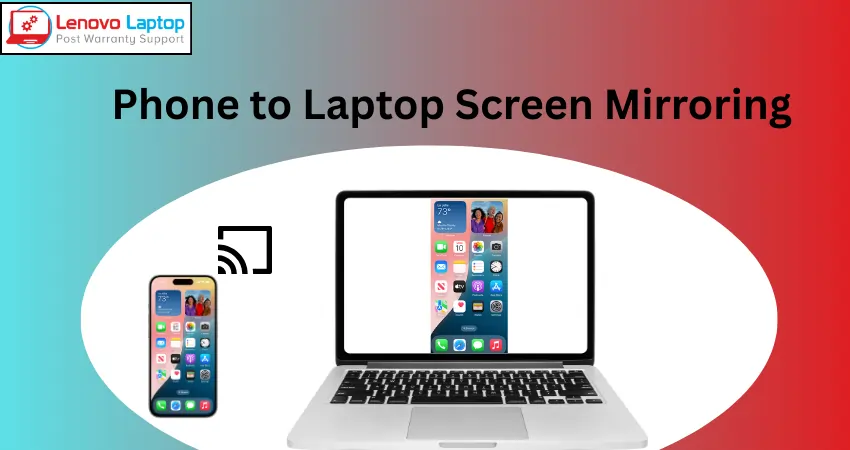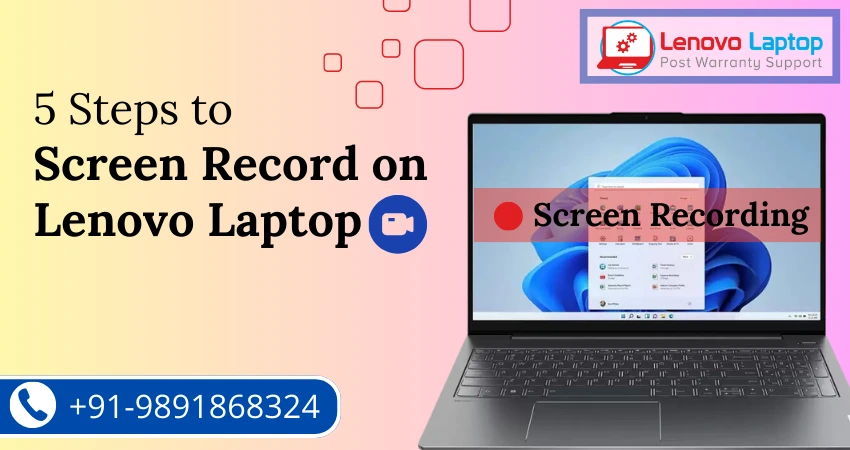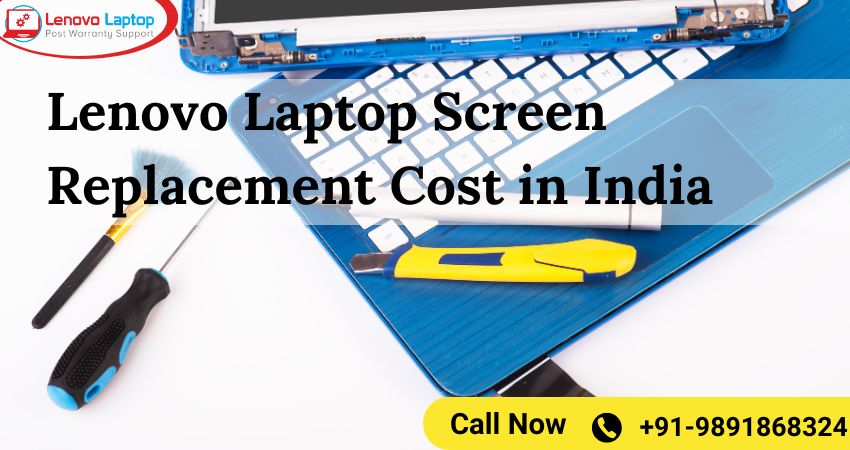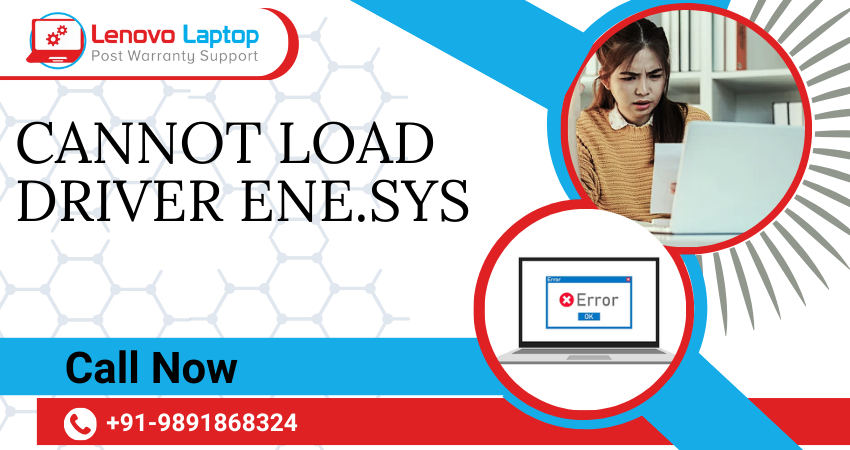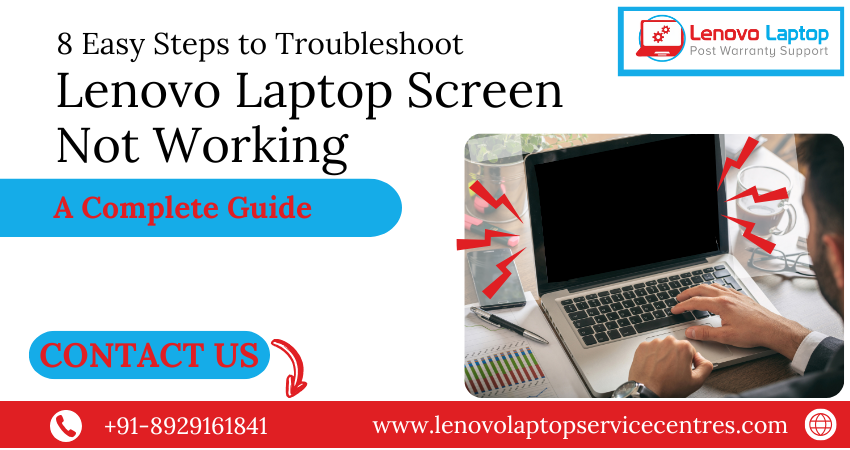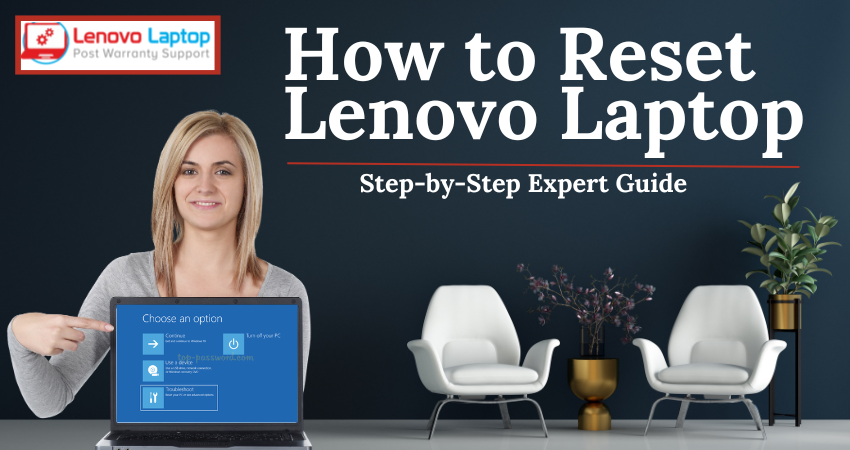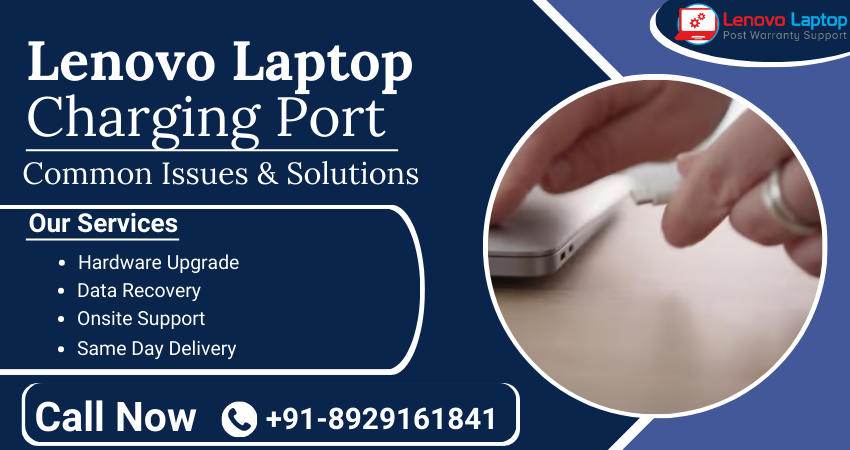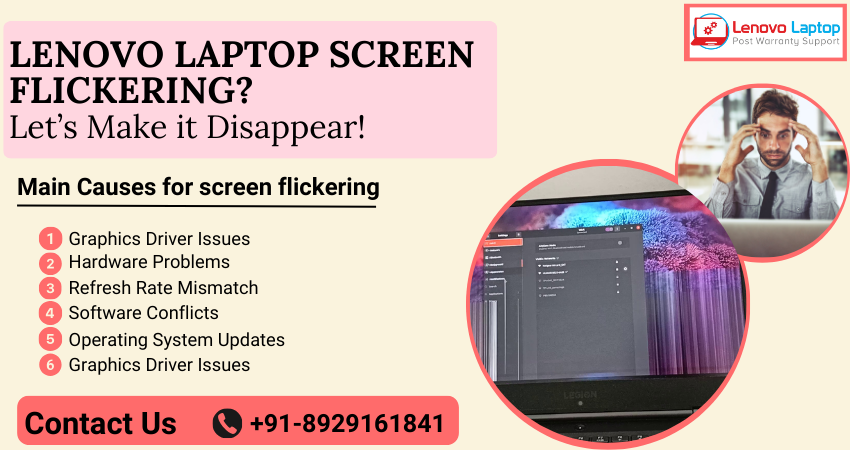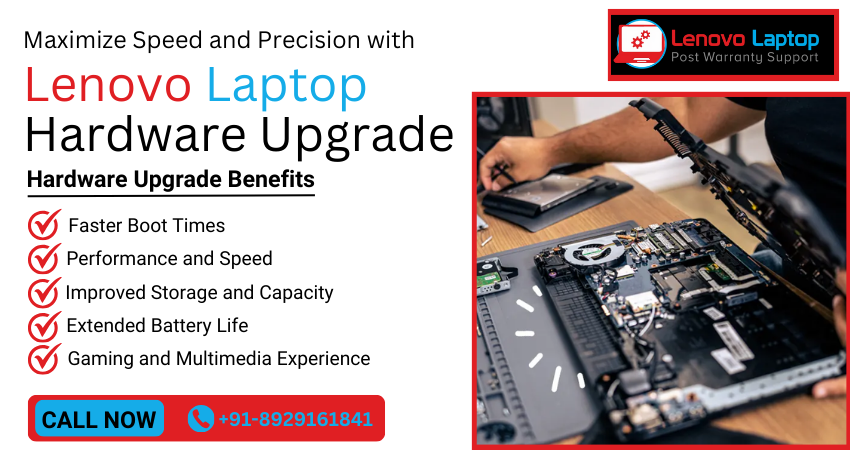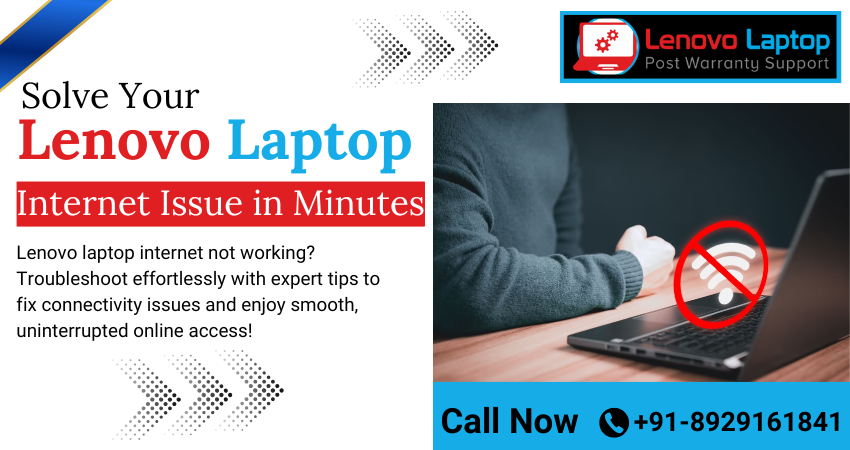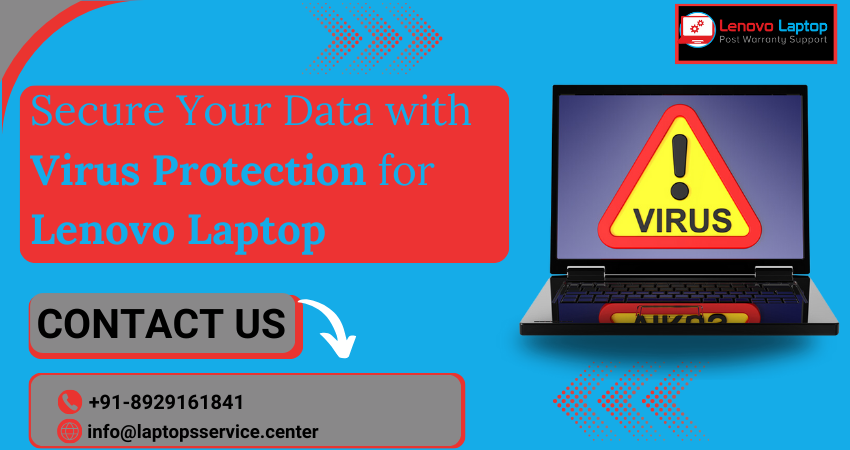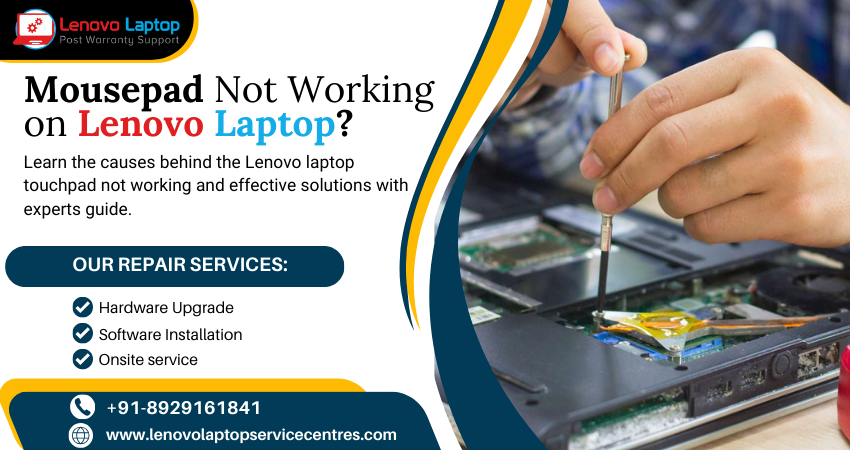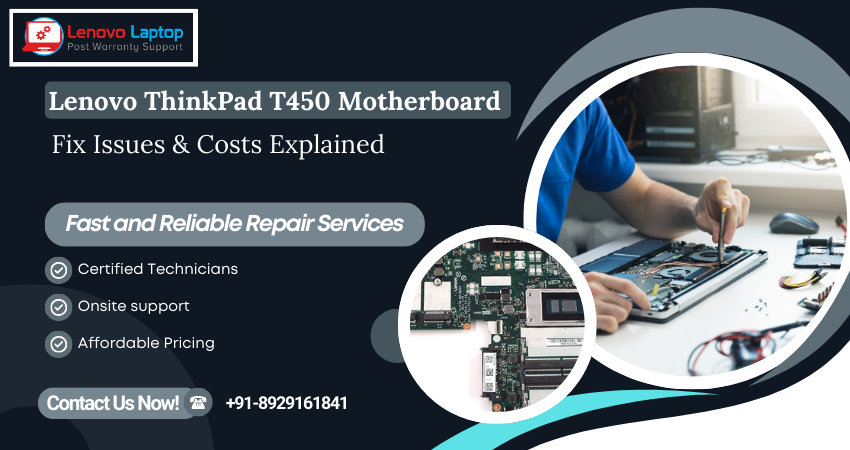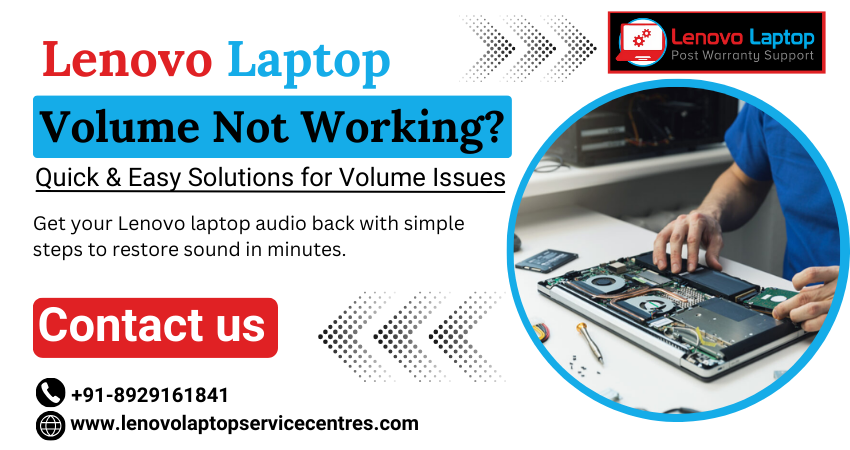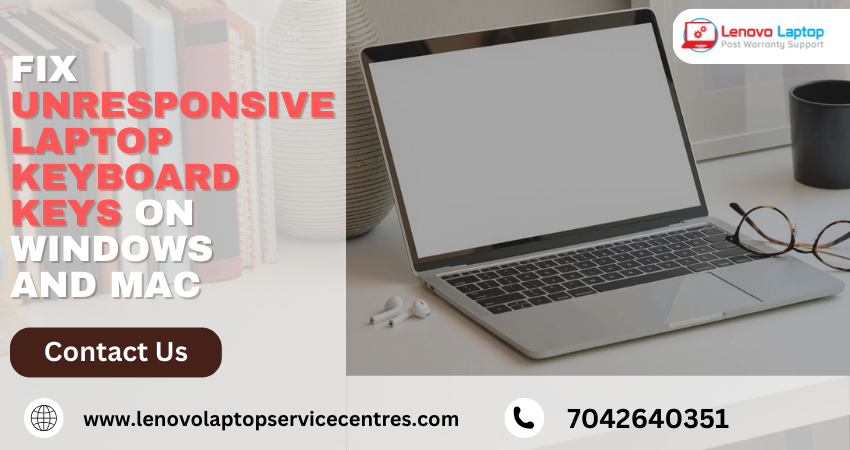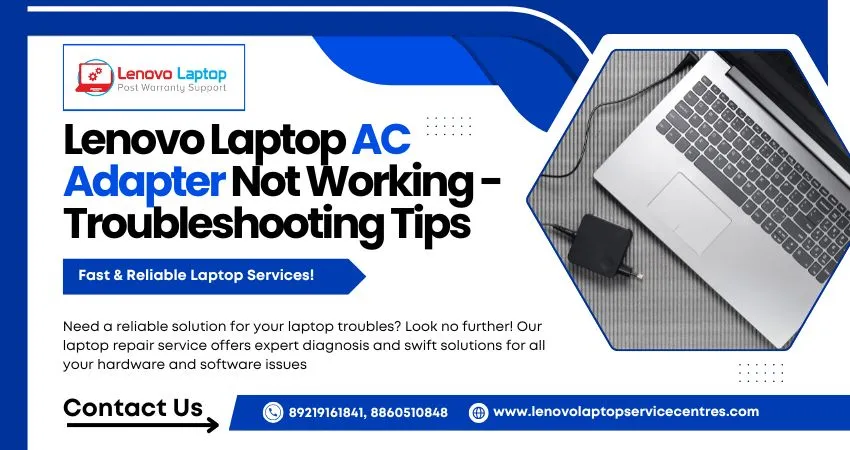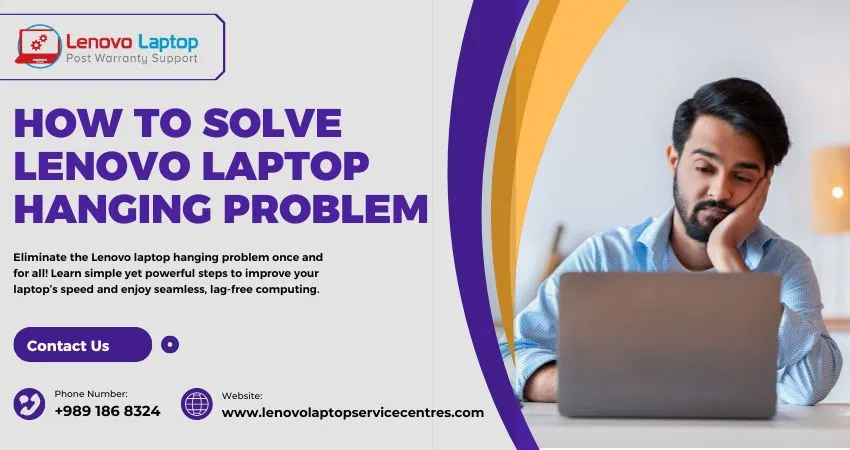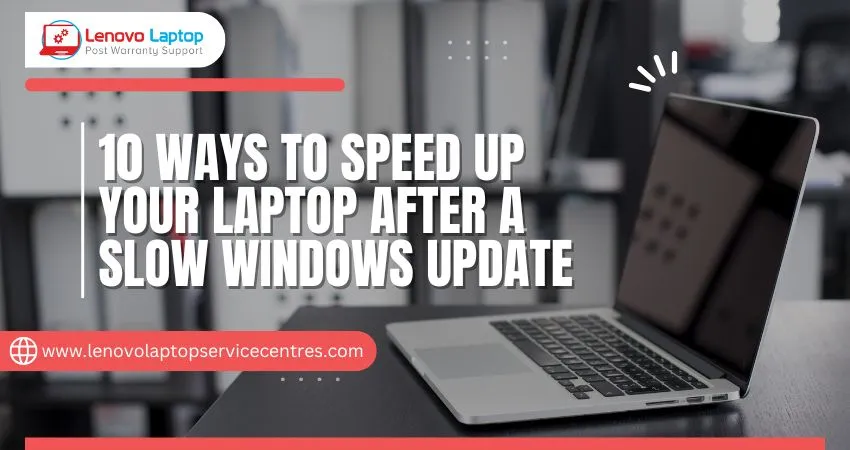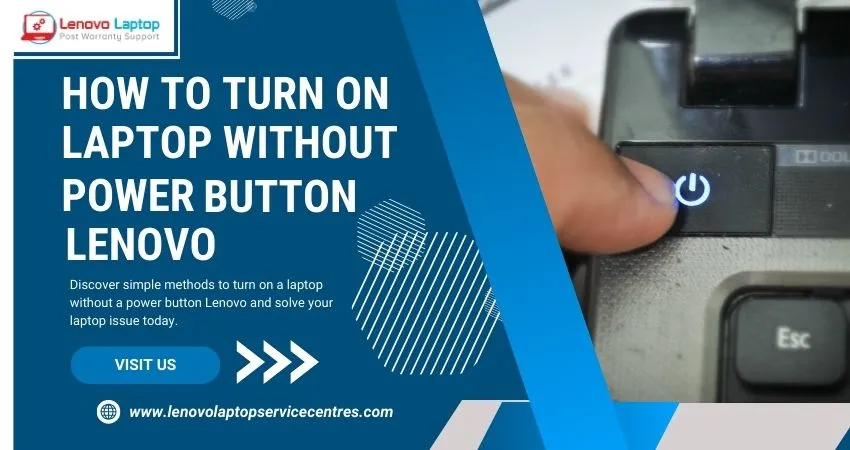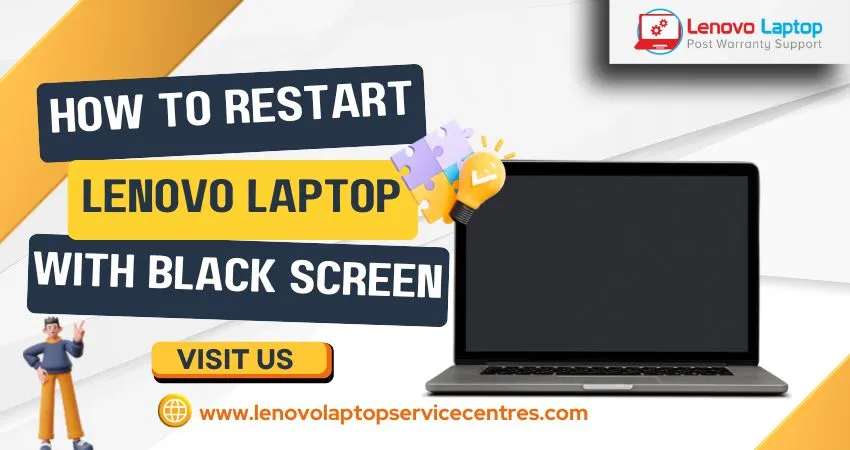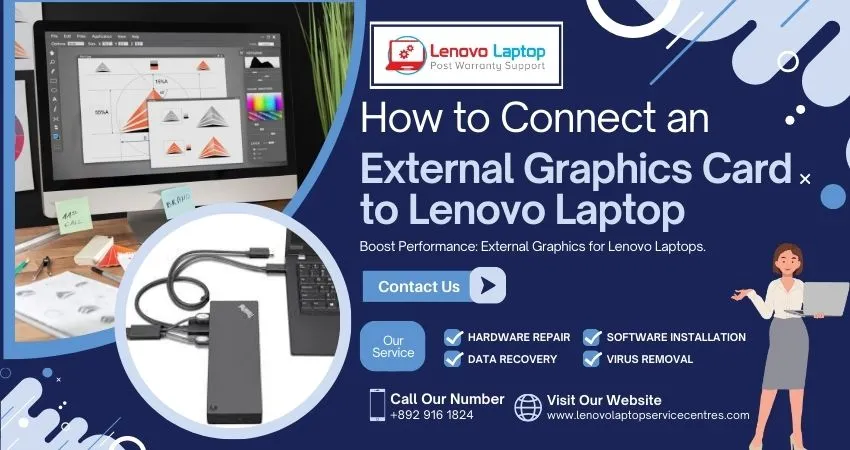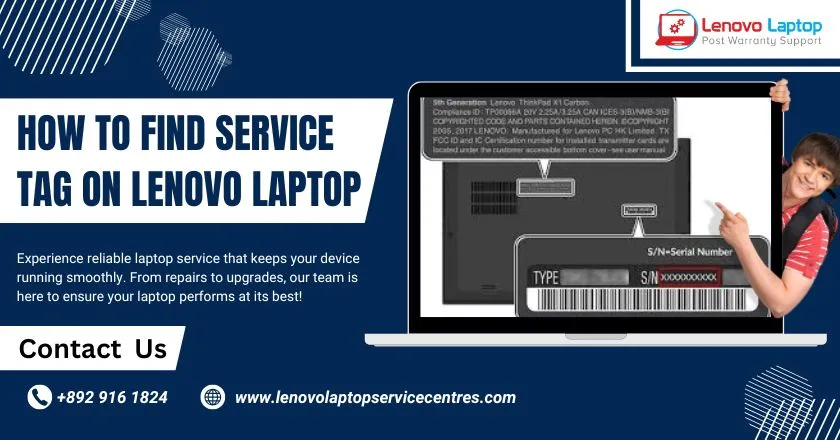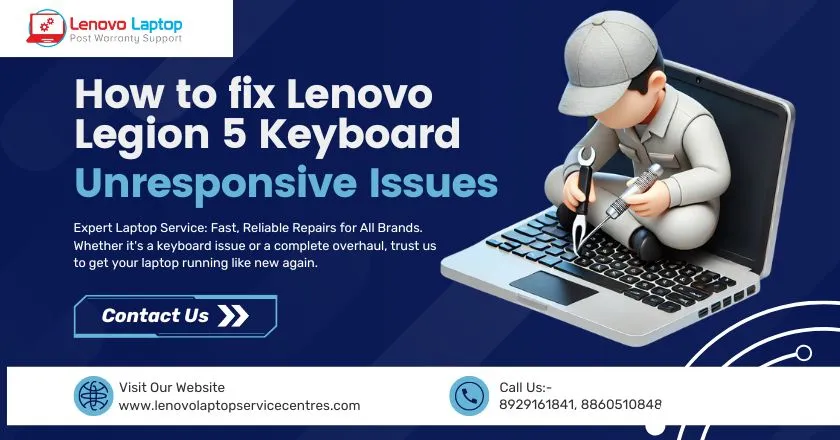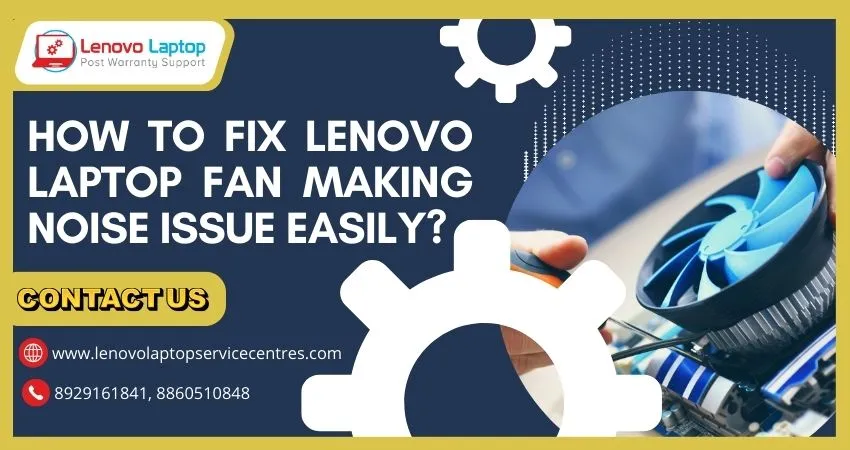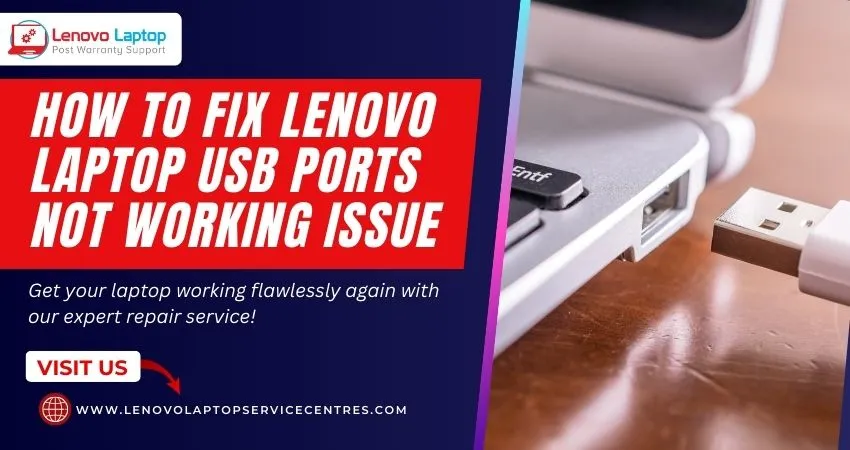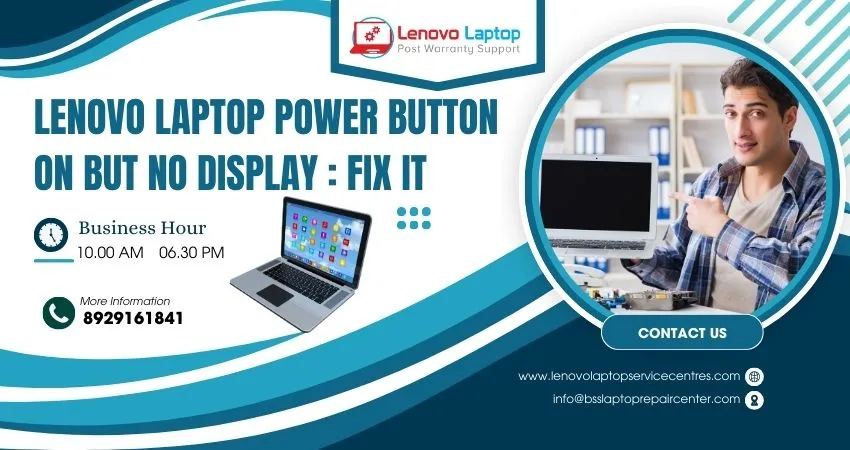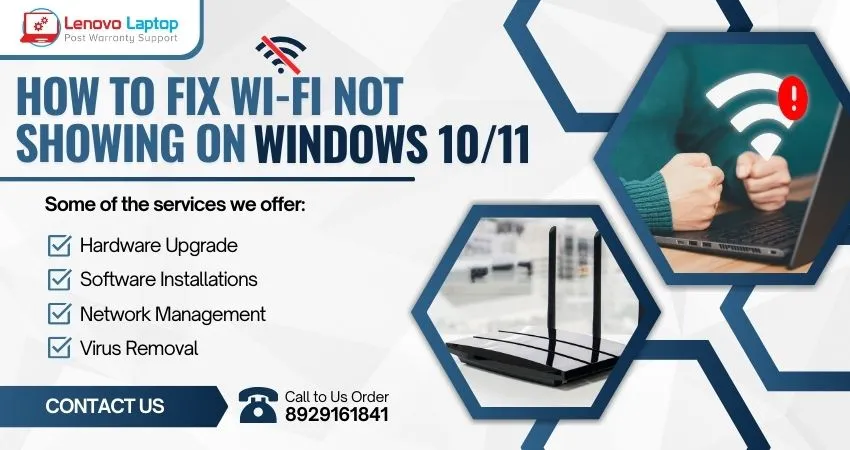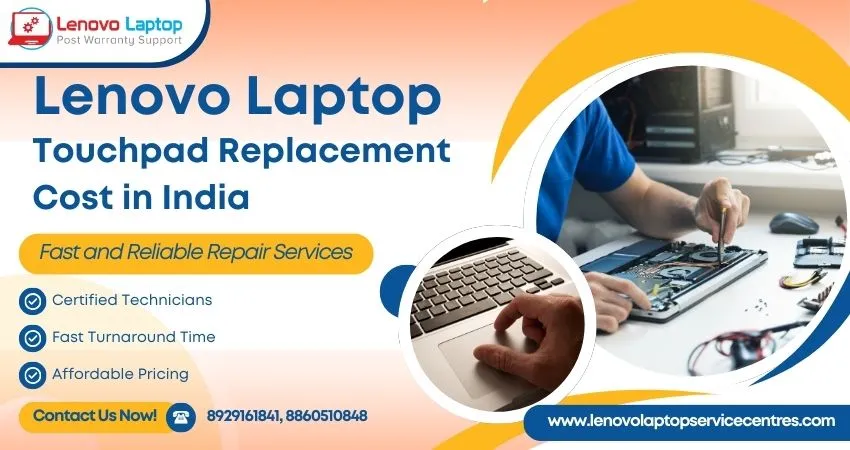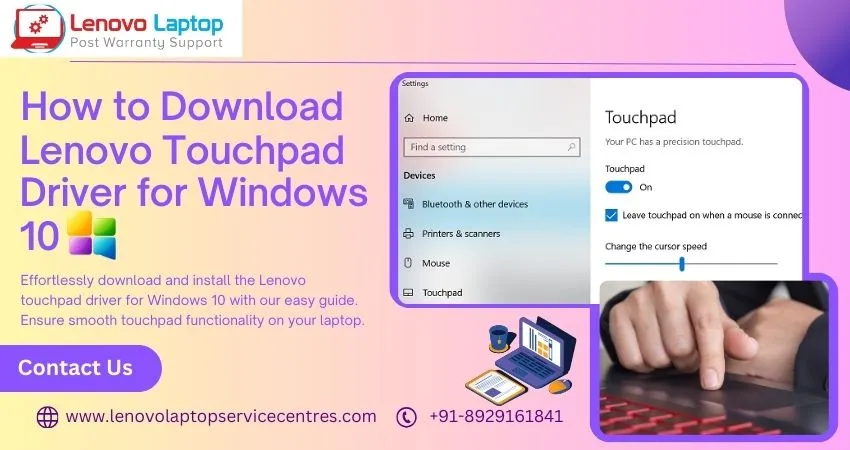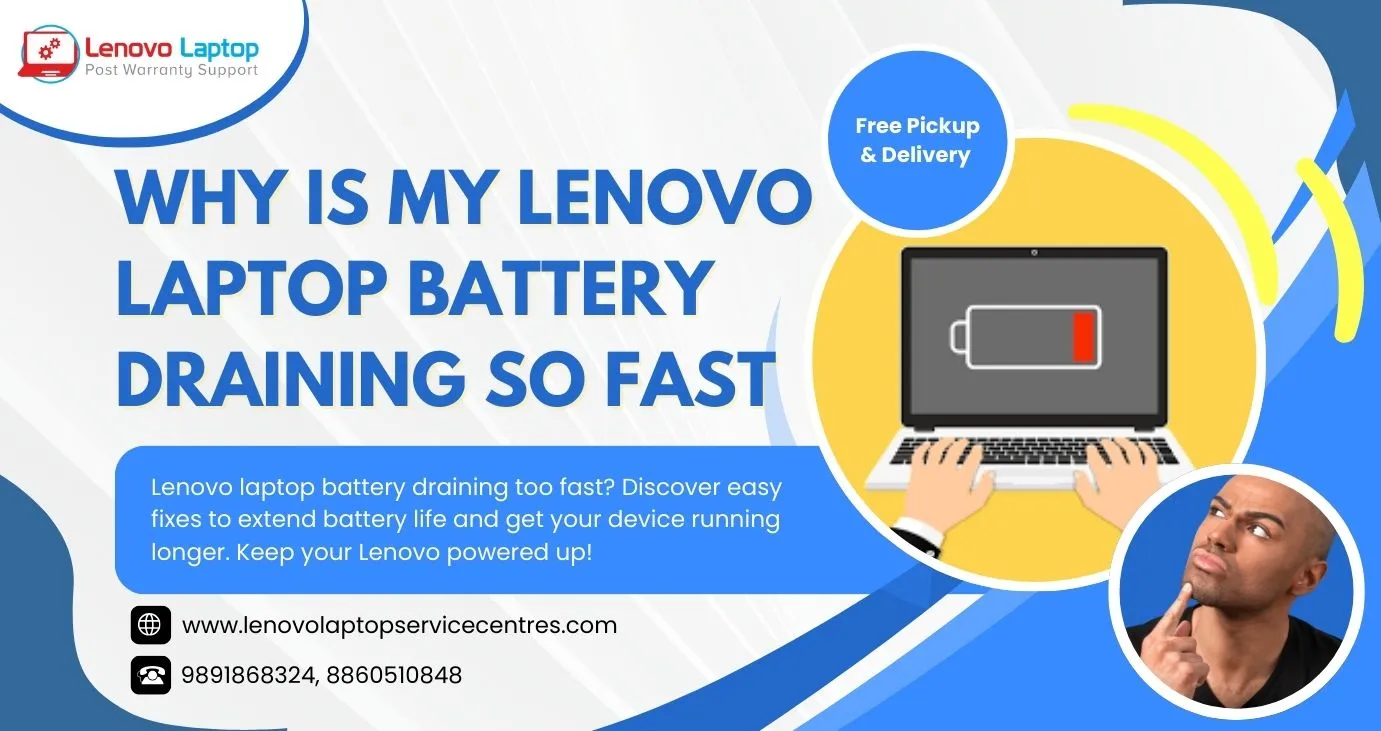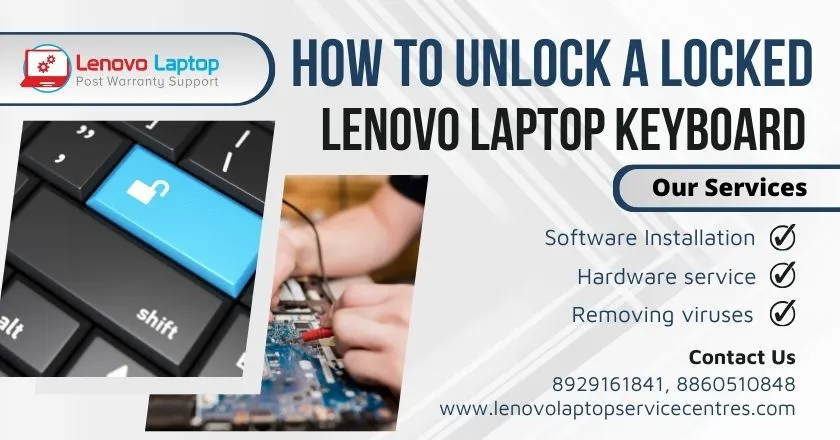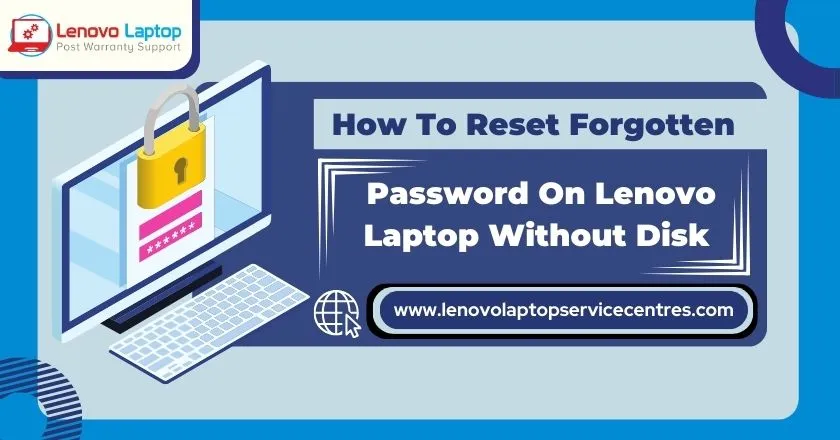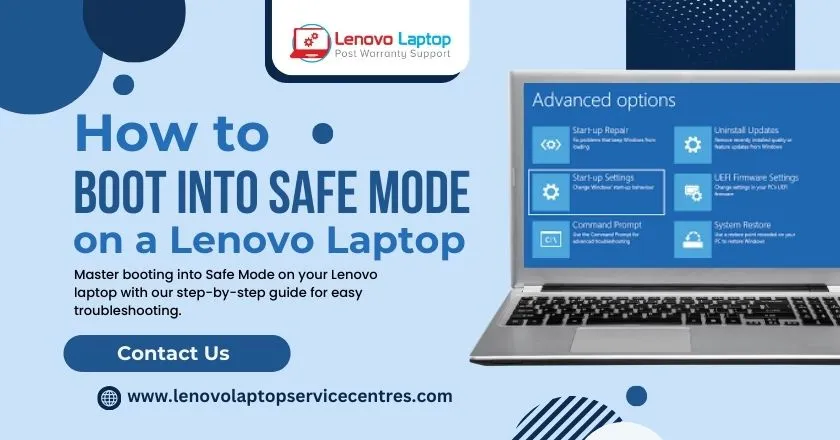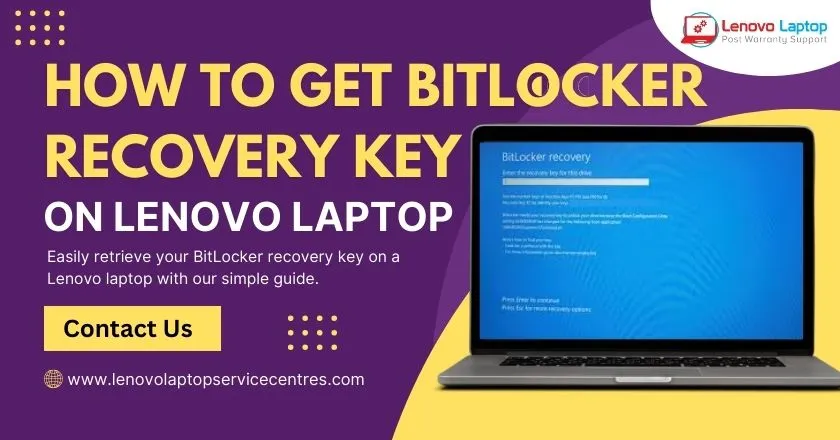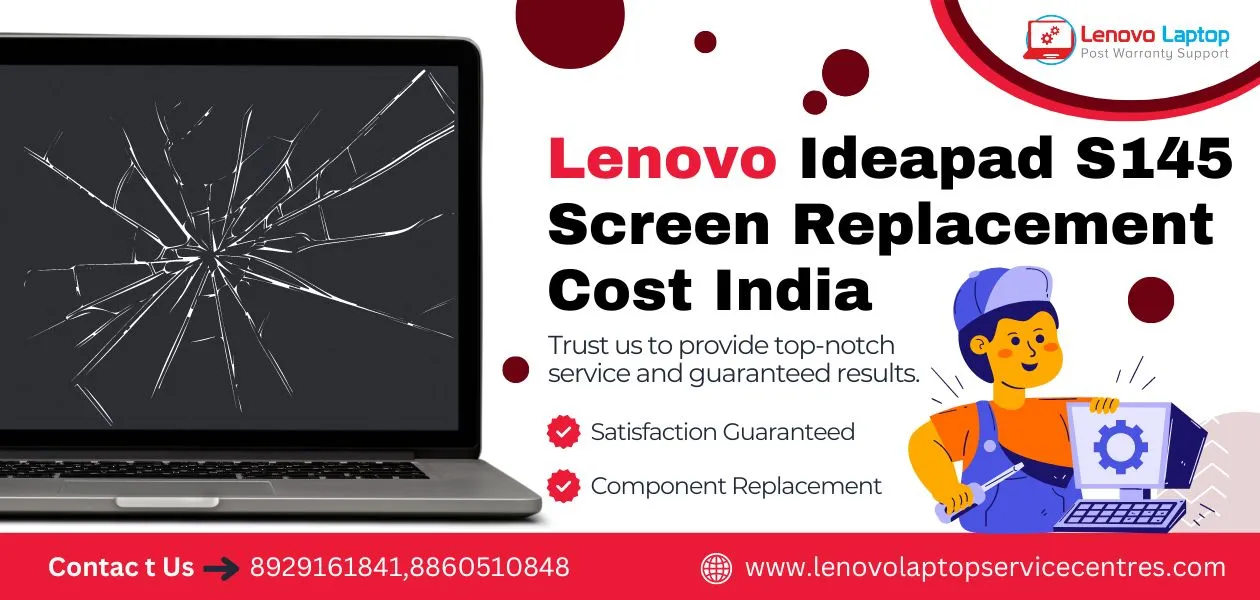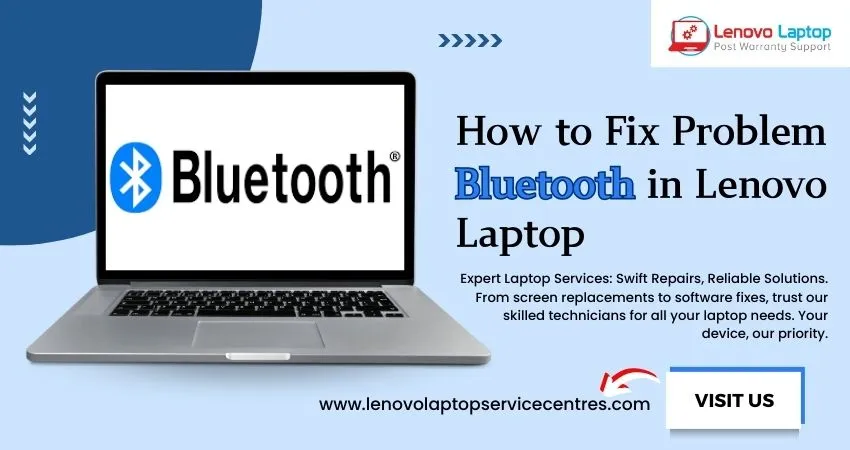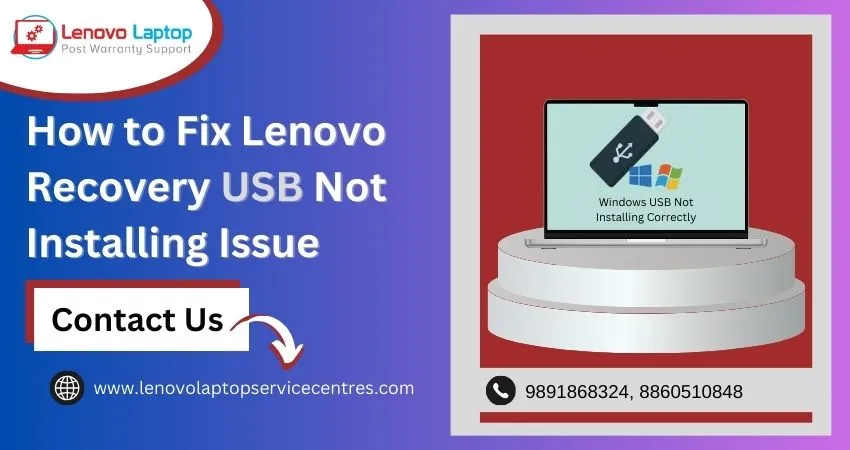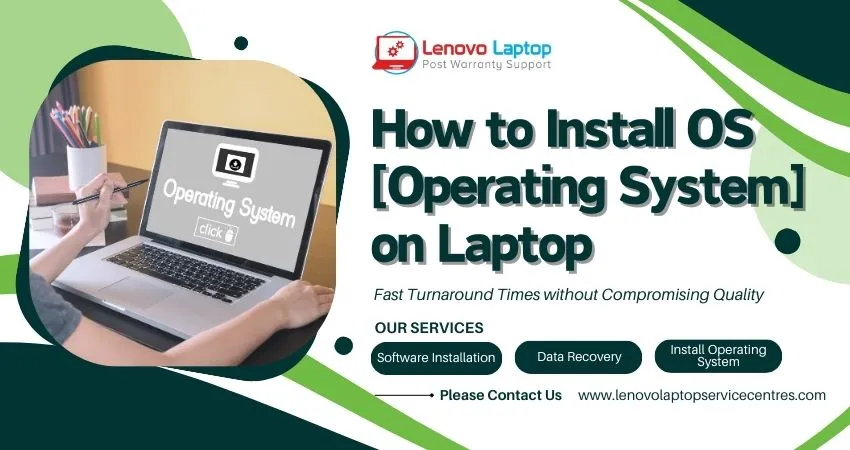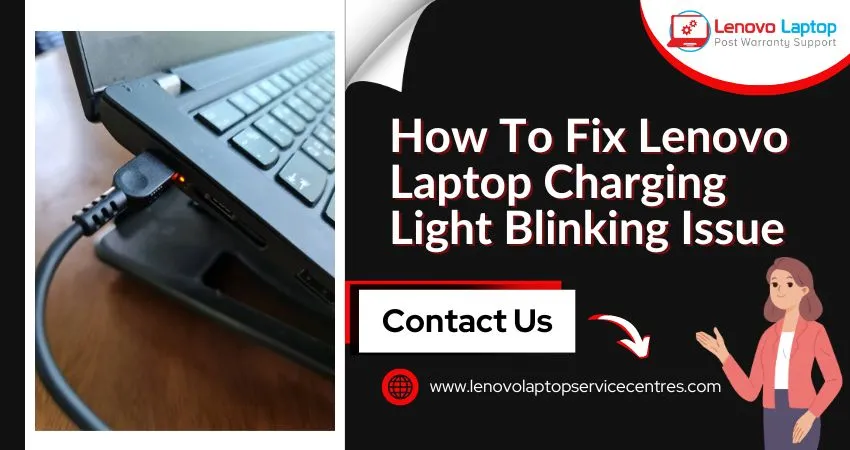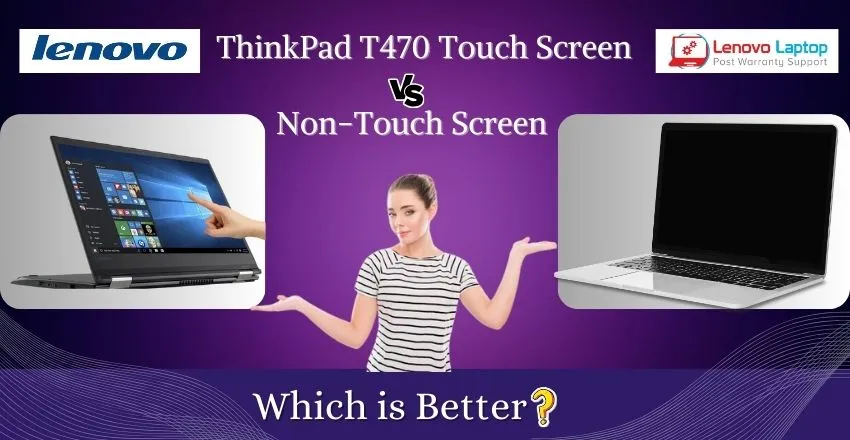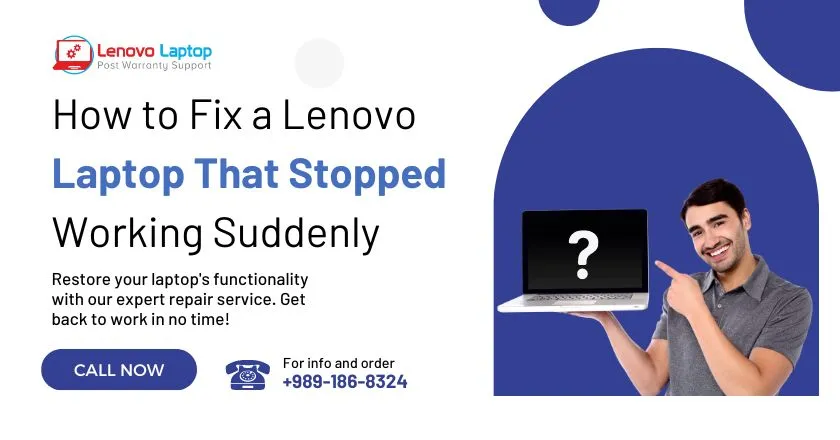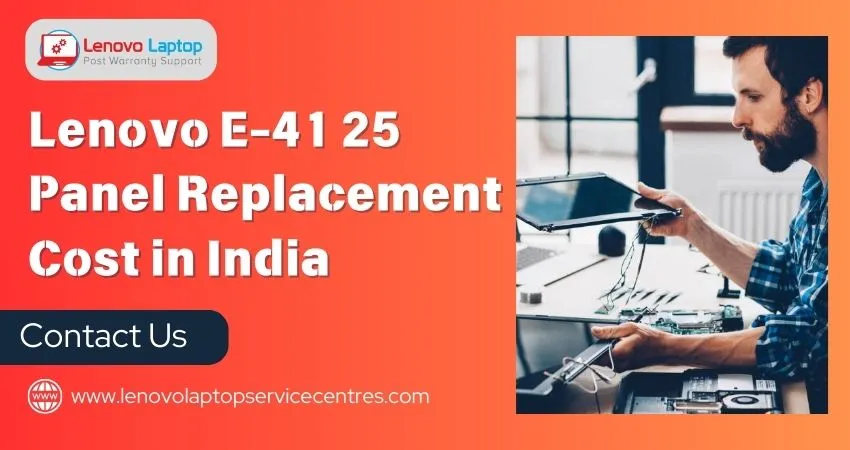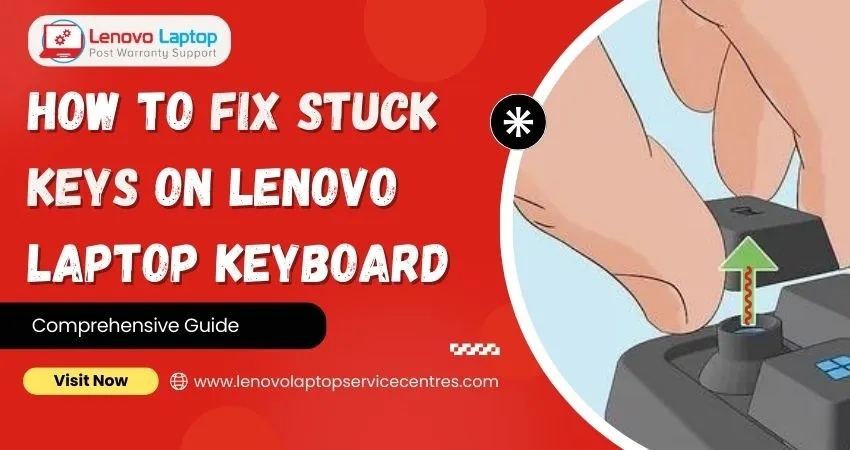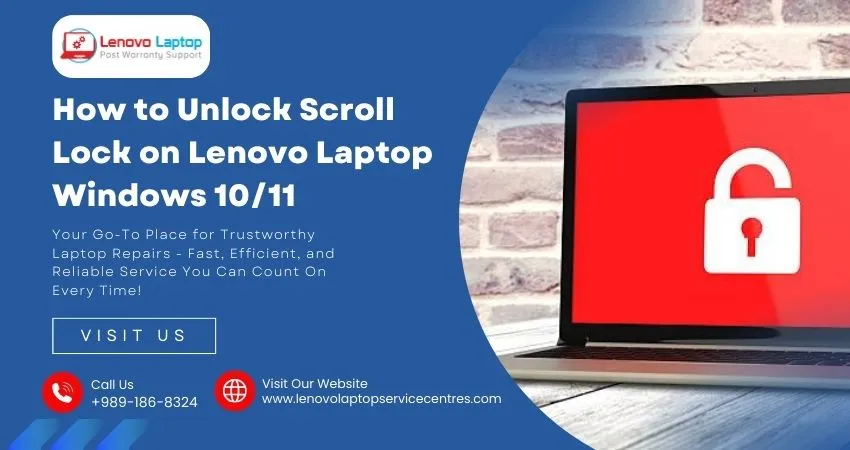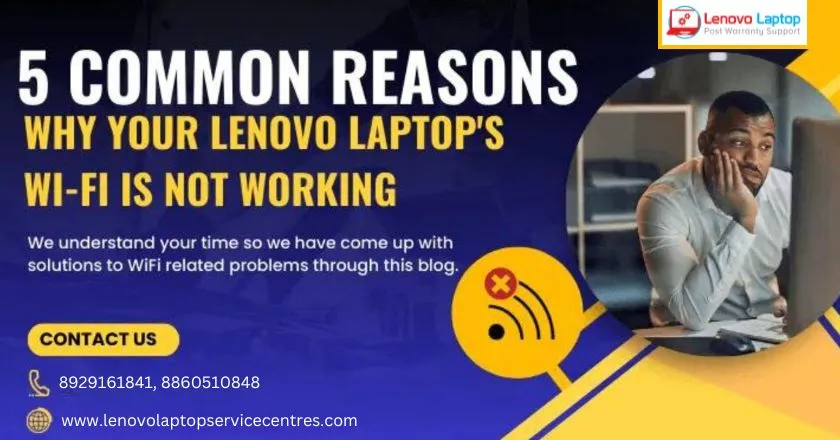Call Us: +91-7042640351, 9891868324
- Home
- How to Fix Lenovo Laptop Not Charging When Plugged In
How to Fix Lenovo Laptop Not Charging When Plugged In
By Admin / 17 May 2024

One of the most frustrating issues for laptop users is when their device stops charging. If you own a Lenovo laptop and find it plugged in but not charging, you're not alone. This issue, known as the "Lenovo laptop plugged in but not charging" problem, is quite common. Fortunately, you can try several troubleshooting steps and fixes to resolve this issue. This comprehensive guide will help you diagnose and fix your Lenovo laptop charging issue effectively.
Understanding the Lenovo Laptop Charging Issue
Before diving into the solutions, it's essential to understand the possible reasons behind the "Lenovo laptop plugged in not charging" problem. The issue can stem from various causes, including hardware problems, software glitches, or issues with the power source. Here are some common reasons why your Lenovo laptop might not be charging:
1. Faulty Power Adapter or Cable: The power adapter or the cable might be damaged or malfunctioning.
2. Battery Issues: The battery might be faulty or have reached the end of its life.
3. Power Outlet Problems: Your power outlet could be defective.
4. Software Glitches: Software issues or outdated drivers can cause charging problems.
5. Internal Hardware Issues: Problems with the internal charging circuitry or other hardware components.
Step-by-Step Troubleshooting Guide
Follow these detailed steps to diagnose and resolve the issue of your Lenovo laptop being plugged in but not charging, ensuring a smooth and efficient fix.
1. Check the Power Source
Ensure the power outlet is working: Plug another device into the outlet to verify it provides power. Sometimes, the issue lies with the power outlet rather than your laptop or charger.
Try a different outlet: If the outlet is not the problem, try plugging your laptop into a different outlet.
2. Inspect the Power Adapter and Cable
Check for physical damage: Examine the power adapter and cable for any visible signs of damage, such as fraying or cuts. Replacing the adapter or cable might solve the issue if you notice any damage.
Test with another adapter: Use another compatible Lenovo power adapter to see if your laptop charges. This will help you determine if the adapter is at fault.
3. Reconnect the Battery
Detach and reattach the battery: For laptops with removable batteries, shut down your computer, unplug it from the power source, and remove the battery. Wait a few minutes, reattach the battery and plug in the charger. Power on the laptop and check if it starts charging.
Perform a power reset: For non-removable batteries, perform a power reset. Turn off your laptop, unplug it, and press and hold the power button for about 15-20 seconds. Then, plug in the charger and power on the computer.
4. Update Battery Drivers
Access Device Manager: Press `Windows + X` and select `Device Manager`.
Update battery drivers: Expand the "Batteries" section, right-click on "Microsoft ACPI-Compliant Control Method Battery", and select "Update driver". Follow the on-screen instructions to update the driver.
Uninstall and reinstall drivers: If updating doesn't work, right-click "Microsoft ACPI-Compliant Control Method Battery" and select "Uninstall device". Restart your laptop, and Windows will automatically reinstall the battery drivers.
5. Check Battery Health
Use Lenovo Vantage: Lenovo provides a utility called Lenovo Vantage, which can provide information about your battery health. If you don't already have it, download and install it from the Microsoft Store.
Check battery status: Open Lenovo Vantage, navigate to the "Device" section, and select "Power". Check the battery status and health. If the battery's health is poor, it might be time to replace it.
6. Update BIOS and Firmware
Update BIOS: Sometimes, updating the BIOS can resolve charging issues. Visit the Lenovo support website, enter your laptop's model number, and download the latest BIOS update. Follow the instructions carefully to update your BIOS.
Check for firmware updates: In addition to the BIOS, install any firmware updates available for your laptop model.
7. Reset Power Management Settings
Access Power Options: Go to `Control Panel > Hardware and Sound > Power Options`.
Change power plan settings: Select your current power plan and click "Change plan settings". Then, click on "Restore default settings for this plan".
To reset advanced power settings, Click "Change advanced power settings" and then choose "Restore plan defaults."
8. Inspect Internal Hardware
Internal issues: If none of the above steps work, the problem might be with the internal hardware, such as the charging port or the motherboard.
Professional help: If you suspect internal hardware issues, it's advisable to seek professional assistance. Contact third-party Lenovo support or visit an authorized service center for a thorough inspection and repair.
9. Use Battery Calibration
Calibrate the battery: Sometimes, calibrating the battery can resolve charging issues. To calibrate your battery, let it drain entirely until the laptop shuts down. Then, charge it to 100% without interruption. This process can help reset the battery's power management system.
Read More: Lenovo Laptop Battery Replacement Cost
Preventing Future Charging Issues
Regular Maintenance
Keep connectors clean: Regularly clean the charging port and connectors with a soft brush to prevent dust and debris buildup.
Avoid overcharging: Avoid keeping your laptop plugged in all the time, as this can reduce the battery's lifespan. Instead, unplug it once fully charged and let the battery discharge to around 20-30% before recharging.
Software Updates
Regular updates: Keep your operating system and drivers up to date. Regular updates can fix bugs and improve your laptop's overall performance.
Battery care: Use tools like Lenovo Vantage to monitor your battery's health and follow recommended maintenance tips.
Proper Usage
Avoid overheating: Ensure proper ventilation while using your laptop to prevent overheating, which can affect the battery and charging system.
Use original accessories: Always use the original power adapter and cable provided by Lenovo. Third-party accessories might not be compatible and can cause charging issues.
Conclusion
The "Lenovo laptop plugged in but not charging" issue can be frustrating, but it's often solvable with a few troubleshooting steps. By checking the power source, inspecting the power adapter and cable, updating drivers, and performing other maintenance tasks, you can usually identify and fix the problem. If the issue persists, seeking professional assistance is the best action. Regular maintenance and proper usage habits can also help prevent future charging issues, ensuring your Lenovo laptop remains reliable and efficient.
 Share
Share
 Tweet
Tweet
 Share
Share
 Share
Share
Recent Post
-
Cannot Load Driver ENE.SYS? Try These 6 Fixes!
12 Dec 2024
-
How to Solve Lenovo Laptop Hanging Problem
26 Oct 2024
-
How to Restart Lenovo Laptop with Black Screen
22 Oct 2024
-
Lenovo Laptop Power Button on but no Display
02 Sep 2024
-
How to Fix Wi-Fi Not Showing on Windows 10/11
30 Aug 2024
-
Lenovo Laptop Touchpad Replacement Cost in India
28 Aug 2024
-
How to Unlock a Locked Lenovo Laptop Keyboard
12 Aug 2024
-
How to Boot Into Safe Mode On a Lenovo Laptop
31 Jul 2024
-
How to Check Lenovo Laptop Fan is Working or Not
09 Jul 2024
-
How to Fix Bluetooth Problem in Lenovo Laptop
05 Jul 2024
-
How to Install OS (Operating System) on Laptop
27 Jun 2024
-
How to Fix It When Windows 11 Won't Shut Down
21 Jun 2024
-
Lenovo E-41 25 Panel Replacement Cost in India
31 May 2024
-
How to Fix Stuck Keys on Lenovo Laptop Keyboard
30 May 2024
-
Lenovo Laptop Black Screen Issue on Windows 11
17 Apr 2024
-
How to Download Lenovo Vantage for Windows 11
15 Apr 2024
-
How to Get Lenovo Accidental Damage Protection
11 Apr 2024
-
Lenovo System Update Download For Windows 11
06 Apr 2024
-
Lenovo Laptop Security Issues in windows 11
04 Apr 2024
-
How to Check Battery Health in Lenovo Laptop
30 Mar 2024
-
How to Run Hardware Diagnostics on Lenovo Laptop
20 Dec 2023
-
How to find model number of lenovo laptop
18 Dec 2023
-
How to Update Drivers in Lenovo Laptops
02 Dec 2023
-
Why is my lenovo laptop making a buzzing noise
28 Nov 2023
-
Best Guide: Resolve Lenovo Laptop Touchpad Issue
11 Oct 2023
-
How to Troubleshoot Lenovo Laptop Battery Issues
16 Aug 2023
-
Lenovo Laptop Hinges Repair or Replacement Cost
09 Aug 2023
-
How to Find Lenovo Laptop Serial Number
08 Aug 2023
-
Lenovo Laptop SSD Upgradation Cost
18 Jul 2023
-
Lenovo Laptop Camera Replacement Cost
18 Jul 2023
-
Lenovo Laptop Battery Replacement Cost
13 Jul 2023
-
Lenovo Laptop Screen Replacement Cost
12 Jul 2023
-
Lenovo Laptop Keyboard Replacement Cost
12 Jul 2023
-
How to Fix Camera Issue in Lenovo Laptop
07 Jul 2023
-
How to Format Lenovo Laptop with USB
06 Jul 2023
-
How to Increase Battery Life on a Lenovo Laptop
21 Jun 2023
-
How to Fix White Screen on Lenovo Laptop
20 Jun 2023
-
Lenovo Laptop Motherboard Replacement Cost
19 Jun 2023
-
How do I stop my Lenovo laptop from overheating?
16 Jun 2023
-
What is Cost of Lenovo Laptop in India?
22 Sep 2022
-
Lenovo Laptop Problems Black Screen
21 Sep 2022
Looking For A Fast & Reliable Laptop Repair Service
We have professional technicians, fast turnaround times and affordable rates. Book Your Repair Job Today!
Submit Your Query

We specialize in all types of laptop services and provide reliable and quality door step service to our clients
- Plot No 135, 2nd Floor, Kakrola Housing complex main market road , Near Metro Pillar no. 789, Nearest Metro Stn. Dwarka Mor, Dwarka, New Delhi-110078 India.
- +91-7042640351,+91-9891868324
- info@bsslaptoprepaircenter.com
- Shop No.126, Patel Chawel,Near Cigarette Factory,Chakala,Andheri East,Mumbai-400099
- +91- 9891868324,+91-8860510848
- Monday - Sunday (10 am to 7 pm)
QUICK LINKS
SERVICE CENTER IN DELHI
DISCLAIMER: Any product names, logos, brands, and other trademarks or images featured or referred to within website are the property of their respective trademark holders. Moreover https://lenovolaptopservicecentres.com/ is neither associated nor affiliated with Lenovo or Lenovo India. Logos and Images are being used only for representation purpose of post warranty Lenovo laptop support and service. BS System Solutions is an independent organization.
BS System Solutions | All Rights Reserved
Design by Attractive web Solutions
